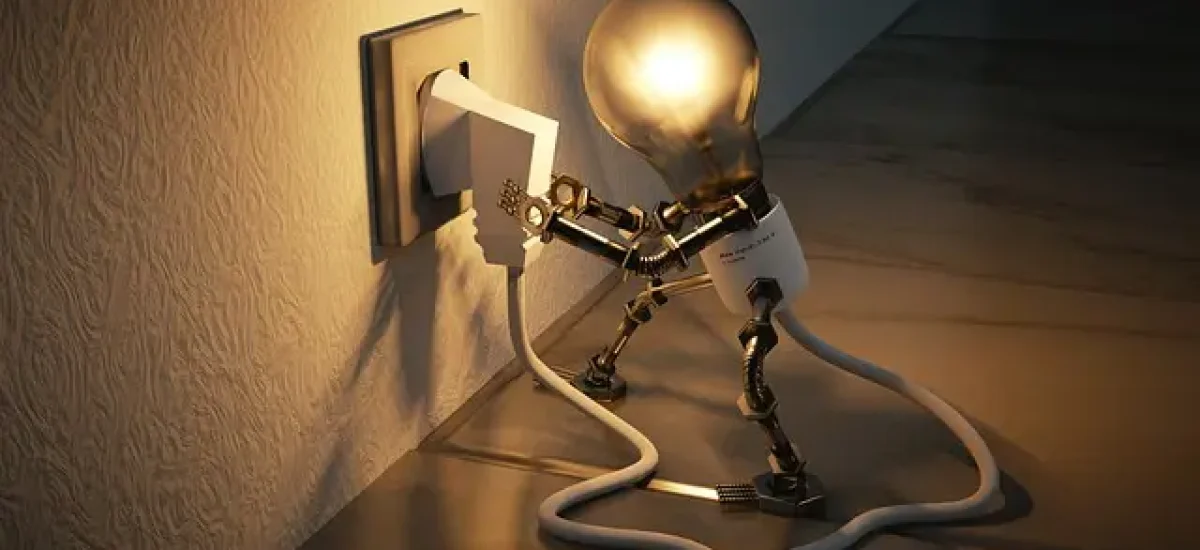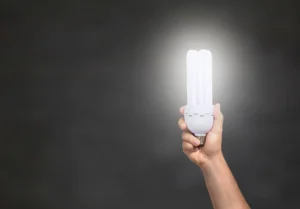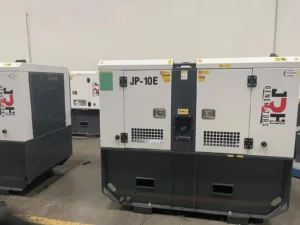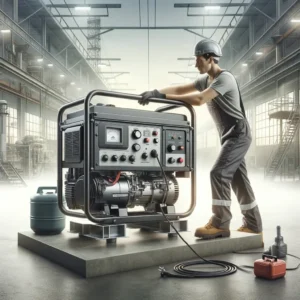
Hurricane season is a critical period for Puerto Rico, and being prepared can make the difference between safety and danger. In
How many times have we not been shocked to see the amount on the electricity bill? Very probably we have asked ourselves «but, who has consumed so much? This is not normal." It is a very understandable reaction, and the first measure we take is to reduce all consumption. But, although it is true that electrical appliances cost electricity, there are some that use more electricity than others.
It is true that energy can be saved by turning off all the lights that we find, and the fan, and the air conditioning, and the televisions and sound systems; but we would be sacrificing our comfort and way of life. Knowing which appliances are the ones that consume the most light is necessary to save electricity intelligently.
Why? Because we can calculate how much energy we really spend and know what specific actions we can take to reduce our spending without affecting our comfort. That is why we will tell you which appliances use the most electricity and how you can save electricity. But first you have to know how light consumption is recorded.

In any electricity bill, without exception, the exact amount of KwH that has been consumed in a home must be indicated. These are the ones that determine the total value that will have to be paid for electricity consumption. The more KwH is spent, the more money will have to be paid.
But what exactly are KwH? This is a measure that represents the total energy consumption recorded by a meter. This consumption is calculated taking into account two variables: on the one hand, the electrical power (in kilowatts or kW) multiplied by the time in which such power was consumed (time that, of course, is measured in hours).
The counter, or electric energy meter, is a device that has a small induction motor that moves in the presence of alternating current. From this, when current is consumed, the motor turns, marking the amount of Kw that is consumed exactly.
In this sense, the more current is spent, the more the motor turns, and the more you will have to pay on the bill. But, as was said, there is a trick to prevent the motor from turning more than necessary, and it is not exactly staying in the dark at night or not watching television. To do this, let's see which are the most wasteful appliances.
Before listing such appliances, it is worth clarifying that this is an approximation. This generalization is due to the fact that not all electrical appliances record the same consumption, since not all have the same energy efficiency. For example, a modern washing machine is more energy efficient than a washing machine from ten or fifteen years ago, since the current it consumes is not dispersed and it performs its function more optimally.
In this sense, anticipating the issue of energy saving, here is a tip: always update appliances for more efficient ones.
Now, which are the most wasteful? To understand it better, we include here the equivalent of 50 watt light bulbs on at the same time.
The operation of the iron for clothes, and in general of the devices that, in order to work, pass current through a resistance to heat it, demand enormous amounts of energy. It is estimated that an iron consumes between 1 and 1.2 KwH. In other words, they spend the equivalent of between 20 and 24 light bulbs on at the same time.
This is one of the most consuming appliances. The hair straightener, whose operation is similar, spends an approximate amount: 1 KwH, or 20 light bulbs on.
The operation of the iron for clothes, and in general of the devices that, in order to work, pass current through a resistance to heat it, demand enormous amounts of energy. It is estimated that an iron consumes between 1 and 1.2 KwH. In other words, they spend the equivalent of between 20 and 24 light bulbs on at the same time.
This is one of the most consuming appliances. The hair straightener, whose operation is similar, spends an approximate amount: 1 KwH, or 20 light bulbs on.
The use of the washing machine is essential nowadays. Washing by hand, in addition to being tortuous, implies an enormous and unnecessary waste of water. However, every time we use the washing machine we must bear in mind that it has a consumption that is worth considering: about 0.33 KwH, or between 6 and 7 light bulbs on.
Definitely, a very high energy expenditure that can be regulated. 5.6 kWh. This is the equivalent of 112 light bulbs burning at the same time! Incredible. Later we will tell you how you can dramatically save energy with this appliance.
This small device consumes between 0.8 and 0.9 KwH. Between 16 and 18 light bulbs on. Fortunately, it is also not used for long periods of time. Normally they offer us the option to program and make their use more efficient, so that the electricity that ends up being demanded is invested in the best possible way.
It is a device that consumes a lot of energy. It is estimated that between 1.2 and 2.4 KwH, or between 24 and 48 light bulbs on. You have to see how you save in this regard.
In the household appliance market, the refrigerator is one of the devices that offers the user the most models. There are huge and very sophisticated ones, with two doors, totally digital, and enormous capacity. There are also small ones, in mini size, very basic. Therefore, it is difficult to determine how much electricity a refrigerator uses, since it depends on its size.
In this sense, the largest can consume 0.24 KwH (about 4 or 5 bimbillos); a small refrigerator consumes 0.1 KwH (just 2 bulbs).
But unlike most appliances, the refrigerator is usually plugged in and running at all times. Thus, although in terms of power it does not consume more than a microwave, in terms of time it means a very high consumption.
It is estimated that around 30% of the total energy consumption per month.
As with refrigerators, televisions also offer an impressive variety that results in different degrees of consumption. They depend on the type of technology of the television and, of course, its size.
A 72-inch television can consume twice as much energy as a 43-inch television, both being of the same technology. The differences are very wide: 0.11 KwH one more efficient or 0.4 KwH.
On the other hand, among all the types of screens that exist, LED technology televisions consume much less current than LCD ones. They are between a more efficient 25% and 40%. Among the types of screen that consume the most are the plasma and, in general, the oldest.
Although a computer does not mean higher consumption (barely 0.1 KwH or two light bulbs on), constant use affects the final cost that will have to be paid. Normally, it can be used for about six or eight hours a day, which multiplied by the days of the month results in a considerable amount of energy.
It's really easy. The main thing is to optimize our tasks that involve the use of an appliance and efficiently use the devices that offer us some type of comfort.
For example, the dishwasher, which is one of the most used appliances and consumes the most electricity. An efficient use is not to wash the crockery but when the dishwasher is at its maximum capacity. The same with the washing machine. Thus, they are not used more times than necessary.

Hurricane season is a critical period for Puerto Rico, and being prepared can make the difference between safety and danger. In

Understanding how a hurricane forms allows us to be one step ahead and prevent the devastating effects of these natural phenomena. Especially in areas

In a world where energy efficiency is increasingly a priority, learning to save energy has become a crucial need for both

In a world that doesn't stop, the need for a reliable and continuous power source is more crucial than ever. At JRH Power

Have you ever wondered how electricity becomes a constant in our lives, even in the most critical moments? At JRH Power

In our modern world, where electricity is vital, power outages are a frequent reality. Know how to connect a generator to the house